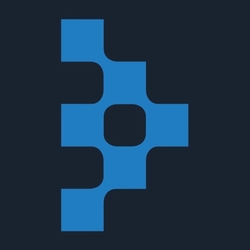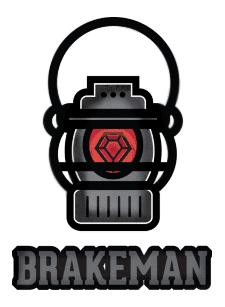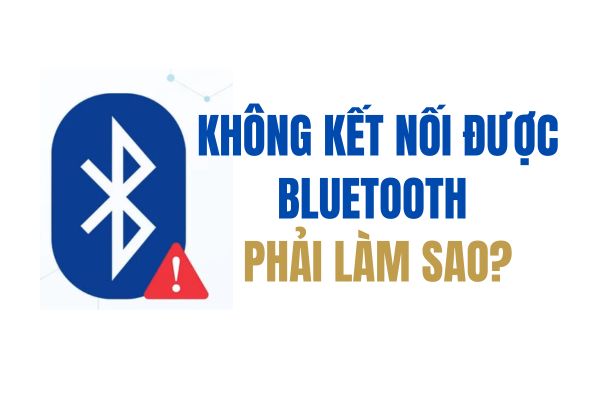Application security has become an important part of cybersecurity. Previously, security teams were responsible for securing the so-called “network perimeter,” and developers could build any application they liked within this secure perimeter. Today, the network perimeter is dead and attackers have direct access to applications – one click can access sensitive system data.
| Join the channel Telegram of the AnonyViet 👉 Link 👈 |

Application security is the last line of defense. When an attacker gets to your application, the application itself must stop them – through strong authentication mechanisms, hard configuration, and by avoiding security flaws.
Today, developers are responsible for security on par with, or even more than, traditional security teams. By applying secure encryption methods, you can prevent attackers from spying on your system. Rigorous encryption is just as important as a firewall, intrusion detection system, or anti-malware program. While these tools are important, secure encryption enables “defensive in depth,” ensuring that attackers who break through the system’s defenses will struggle at the application level. .
What is DevSecOps Tools?
DevSecOps increases the scope of the DevOps model, whereby developers, security personnel, and operations work closely together in all phases of the project. software development life cycle (SDLC) and continuous integration/deployment (CI/CD) pipeline.
DevOps is the first to use automation and streamlining processes to speed up the development process and improve software quality. DevSecOps adds security and eliminates silos between security, operations, and development teams. It ensures that DevOps environments incorporate security testing and security best practices, from development and planning to testing and deployment.
Tools are the central component of DevSecOps. In a well-organized DevOps environment, security must be automated and tightly integrated with the CI/CD pipeline.
DevSecOps tools have two main goals. The original goal was to reduce risk in development pipelines without compromising speed, by identifying and addressing security vulnerabilities through continuous security testing. The second goal is to provide support to security teams, allowing them to monitor the safety of projects without the need for manual review and early release.
8 security tools that developers must have
OWASP Threat Dragon

Threat modeling should be the first step of any security program as it affects the design of the application, helping the developer understand the types of security threats that can affect the application. and also help incident responders plan to protect the application during development.
OWASP Threat Dragon is an open source threat modeling tool. It can be used through a web application or through an installable version for macOS, Linux and Windows operating systems. The limitation of OWASP Threat Dragon is that this tool is only linked to GitHub, so if you are using a different repository system, you will probably need to look for another tool.
License: GNU Lesser GPL License, Version 3
Github repo: https://github.com/OWASP/Threat-dragon
OWASP Dependency Track

Dependency Tract develops a list of what is needed for the software and tracks the use of software components in the application portfolio to determine the level of risk posed by these components. The software isolates known vulnerabilities, outdated components and libraries, with built-in support for popular package management ecosystems, such as .NET (NuGet), Java (Maven), Gems (Ruby), JavaScript (NPM) and Python (PyPI).
License: Apache 2
Github repo: https://github.com/DependencyTrack
Brakeman

Brakeman is known as a static application security testing (SAST) tool by Ruby on Rails. It searches for vulnerabilities related to Ruby on Rails applications. You can use it at any point during development to look for security issues.
For all website engineering (SRE) teams with Ruby on Rails applications, Brakeman provides a safety net for potential security issues. You can use it at any stage of development.
License: Creative Commons Attribution 3.0 Unreported License
Github repo: https://github.com/presidentbeef/brakeman
WhiteSource Cure

WhiteSource Cure is a free IDE Plugin that scans code for vulnerabilities and provides remediation instructions within the IDE. A bit like syntax autocorrect, it suggests security code that fixes each vulnerability and allows you to review the recommendations and apply them to your code. This can save developers time, helping them write safer code.
The tool can also generate custom reports showing a list of vulnerabilities discovered in a project and suggested remedies.
License: Commercial, free forever
Product page: https://www.whitesourcesoftware.com/whitesource-cure/
Sandboxie

Sandboxie is one of the most popular Windows sandbox programs. Sandboxie is free, lightweight, and packed with features. This tool is commonly used by developers and security professionals to test unknown or suspicious software in a secure environment. It can also be used to test in another environment or operating system.
The main function of Sandboxie is to launch an existing program in sandbox environment. For example, you can run Google Chrome in Sandboxie, by choosing Sandbox > Default Box > Run Sandboxed > Run Google Chrome.
An additional feature is sandboxing. For example, if Google Chrome is opened in Sandboxie and you download and install a program in your session, when you run that program, that program remains protected in a sandbox environment.
License: GPL-3.0
Github repo: https://github.com/sandboxie/sandboxie

SonarQube is an open source tool for analysis. Although OWASP has a list of source code analysis tools, including many open source projects, many of the tools support only one or a few programming languages, and many are not properly maintained.
License: GNU Lesser General Public License v3.0
Github repo: https://github.com/SonarSource/sonarqube
GitLab

GitLab is known as a web-based DevOps platform that provides a comprehensive CI/CD toolchain in a unified application. It facilitates collaboration between development, security, and Ops teams, and helps them accelerate delivery and fix security vulnerabilities without negatively impacting CI/CD. It does this by streamlining the toolchain.
GitLab helps organizations connect stages and silos, and provides support for a unified workflow that simplifies segregated operations – for example, CI/CD and application security.
License: MIT Expat license
Github repo: https://docs.gitlab.com/ee/user/project/repository/
Alerta

Alerta provides an extensible method of scanning and studying code. It offers a flexible alert system that you can customize to meet your requirements.
Alerta integrates with many monitoring and management systems, such as Prometheus and Amazon CloudWatch. You can query alerts via the command line or view them via the web console. Alerta can be deployed on EC2, Amazon Web Services (AWS), Docker, Kubernetes, etc.
It is a leading tool to reduce fatigue because you can customize alerts through partitions. It also offers filtering of notifications so that you only see the latest ones.
License: Apache-2.0
Github repo: https://github.com/alerta/alerta
Conclusion
In this article, I explained the basics of application security and the concept of DevSecOps tools that allow organizations to integrate security practices early in the development process.
I hope this helps as you advance your security skills, on your way to becoming DevSecOps.










